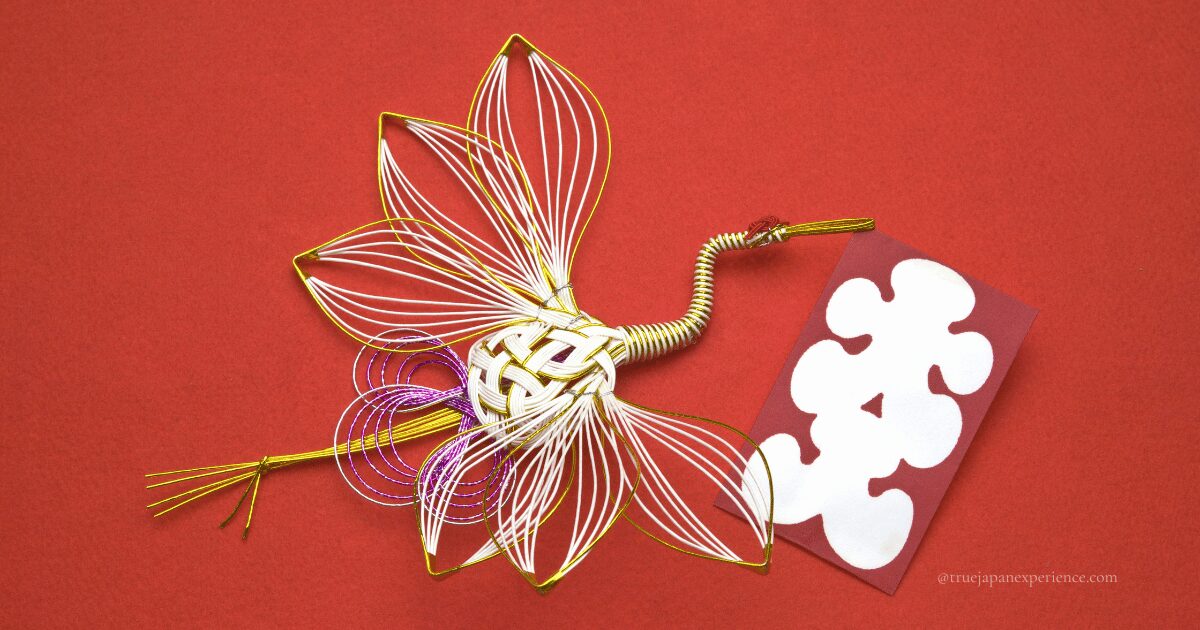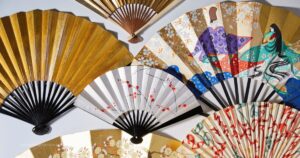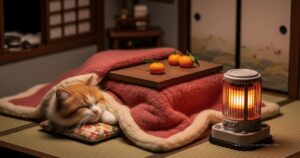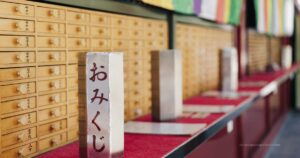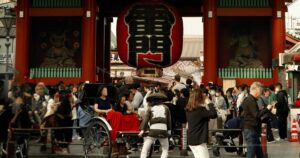Mizuhiki is a simple paper string, but it holds Japan’s heart and spirit.
In this article, you will learn the magic of mizuhiki—colorful cords that carry meaning, luck, and tradition. You will also see how to enjoy mizuhiki in a fun way, by joining hands-on workshops during your trip.
So if you visit Japan, why not try a mizuhiki class and feel Japanese culture through art?
What is Mizuhiki?

Mizuhiki is a special kind of decorative cord from Japan, made by twisting thin strips of paper.
These colorful paper strings are not just beautiful; each knot and color carries a special meaning that expresses good luck, happiness, and connection between people.
Mizuhiki is often used to wrap gifts, decorate envelopes for weddings, birthdays, and other important events. Because mizuhiki is made of paper, it is lightweight, flexible, and easy to recycle.
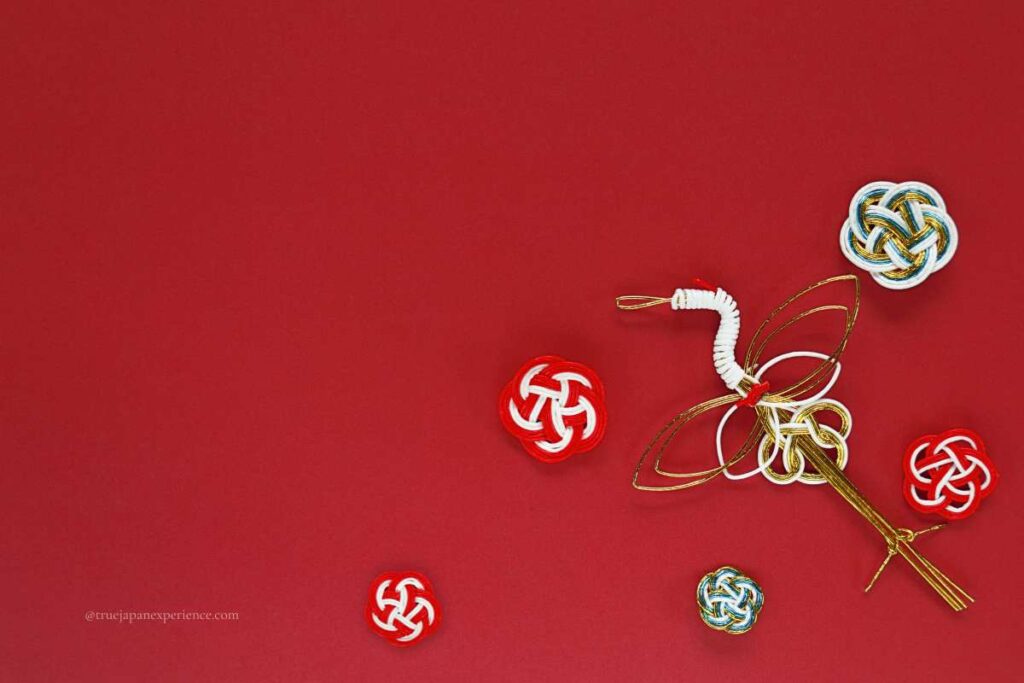
This makes it an environmentally friendly craft that fits well with the global goal of protecting the Earth, known as the Sustainable Development Goals (SDGs).
The natural colors used in mizuhiki, often made with local materials, help support not only the environment but also Japan’s rich local arts and crafts communities.
By choosing mizuhiki, people help small artisans and keep traditional culture alive.
Thanks to its paper-based, recyclable nature, mizuhiki offers a wonderful way to enjoy tradition while caring for the planet.
The History of Mizuhiki
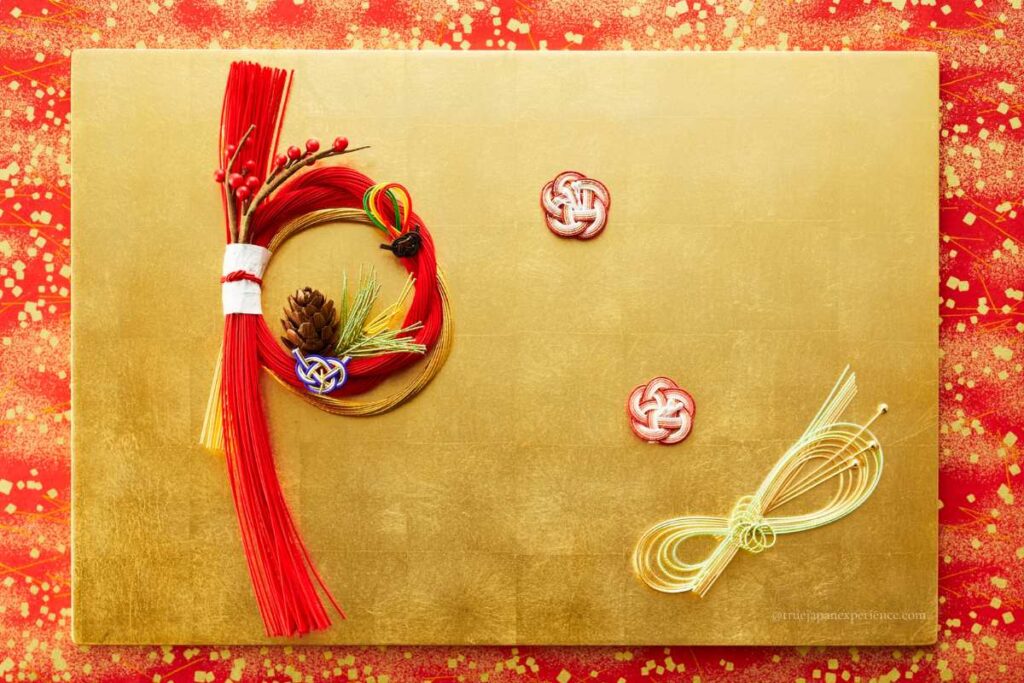
Mizuhiki started many years ago, over 1,400 years back, in Japan’s ancient Asuka period.
Long ago, in the year 607, a man named Ono no Imoko traveled to China as Japan’s messenger.
When he returned, he brought special gifts wrapped with red and white cords made of hemp. These cords were tied with care and hope for safety and good luck on the long journey across the sea. This was the very beginning of mizuhiki.
At that time, only the royal family used mizuhiki. The cords were sacred and showed respect, purity, and wishes for happiness. The colors red and white were very important, symbolizing balance and harmony.
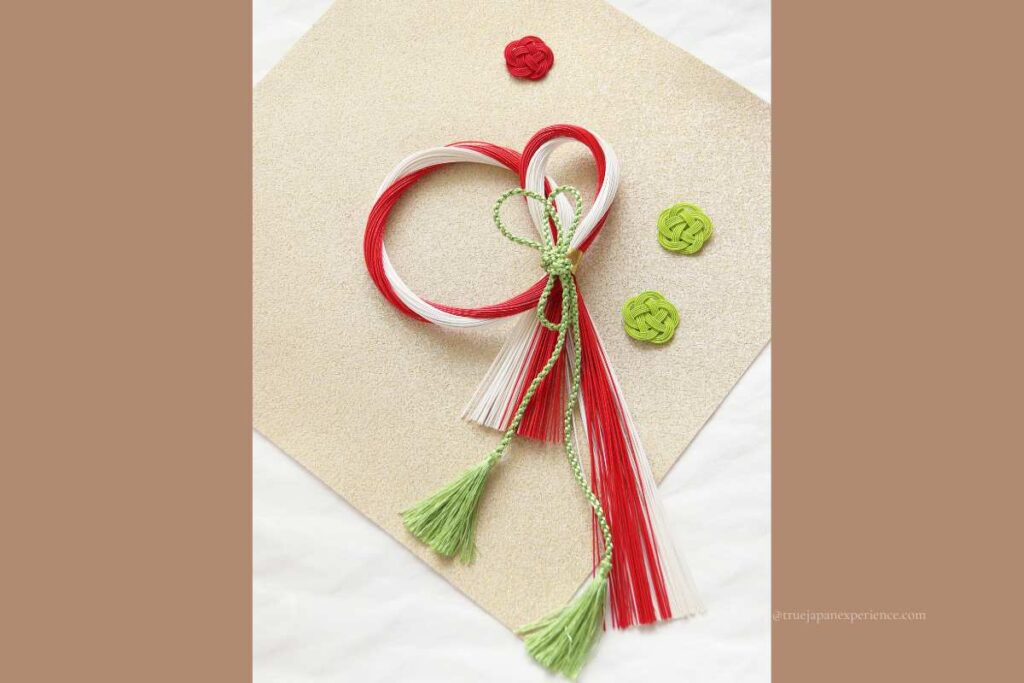
Over time, mizuhiki became known outside the palace.
By the Edo period, people from all walks of life—samurai, farmers, and shopkeepers—used mizuhiki to decorate gifts and money envelopes. The beautiful knots became a way to share feelings and hopes between people.
The town of Iida in Nagano became famous for making mizuhiki. Its clear water and climate were perfect for producing the traditional paper used for mizuhiki.
Many families in Iida passed down this craft for generations, keeping alive the tradition of tying bonds with every knot.
Today, mizuhiki is still a symbol of connection, history, and care. When you see mizuhiki, you see more than just pretty cords—you see a story of Japan’s people and their wishes tightly wrapped in every string.
How People Make Mizuhiki

People start making mizuhiki with special Japanese paper called washi.
The makers cut washi into long, thin strips. Then, they twist the strips tightly to create strong paper cords called koyori. After that, they coat the cords with starch glue. This glue makes the cords strong and shiny.
Next, the makers wrap the cords with colorful threads or films to add bright colors and pretty shine. They dry the cords in warm rooms set at about 40 degrees Celsius. This drying helps mizuhiki keep its beautiful shape.
This helps the cords keep their shape and shine. Even though many parts of the process use machines today, some places still do parts by hand, especially the special hand-dyeing that gives mizuhiki its unique look.

The making of mizuhiki is not just about materials but also about skill.
Experienced craftsmen tie these cords into many shapes and knots, each with its own meaning. From simple loops to intricate flowers and animals, every mizuhiki piece is a work of art.
The town of Iida in Nagano makes about 70% of all mizuhiki in Japan, keeping the tradition alive for families and communities.
When you make or see mizuhiki, you can feel the care and hard work put into every step—from growing trees, making paper, crafting cords, to tying beautiful knots.
The meaning of knots
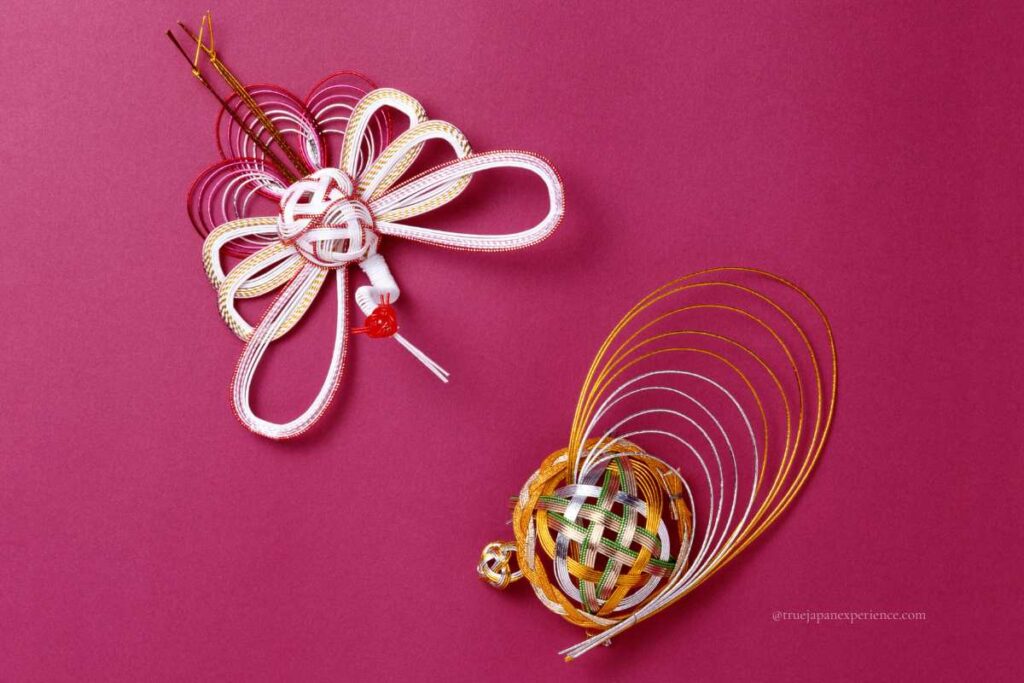
If you look at mizuhiki, you will notice many shapes: flowers, cranes, turtles, and simple bands. Every knot is like a message.
For example, knots that look like cranes mean long life and happiness. Flower knots like plum blossoms mean good luck.
Some mizuhiki knots are tied so that they can be easily undone and tied again. These knots are called “bow knots.” They look like a bow or ribbon and are used for happy occasions that happen many times, like birthdays or a baby being born. The idea behind these knots is that the joy can come again and again.
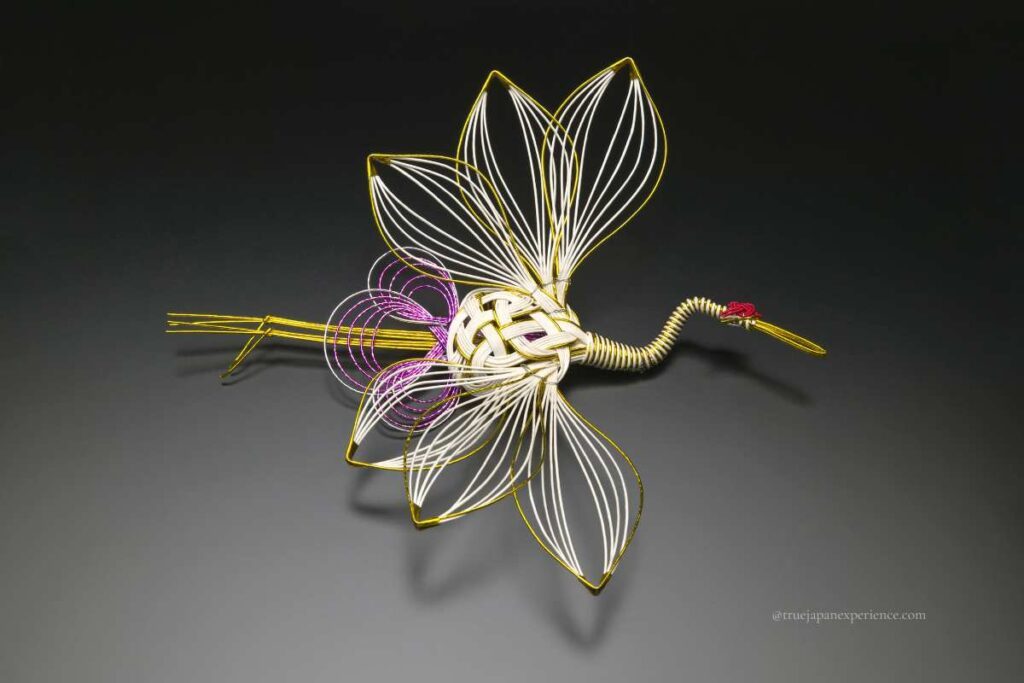
Other knots are tied very tightly and cannot be undone easily. These are called “musubi-kiri” or binding knots. They are used for important events that should happen only once, like weddings or funerals. The tight knot shows the hope that the event will not happen again, such as wishing no more funerals or that a marriage lasts forever.
In Japan, people know these meanings and choose the right type of knot to show their feelings. The knot you see on a gift or money envelope tells the story of what the giver wishes for and respects about the occasion. This special language of knots helps connect hearts and minds without words.
Colors are important too. Red and white are for weddings and happy days. Black and white or silver are for funerals or sad times. The number of strings also matters: Odd numbers for celebration, even numbers for sad events.
Cute Accessories and Growing Popularity
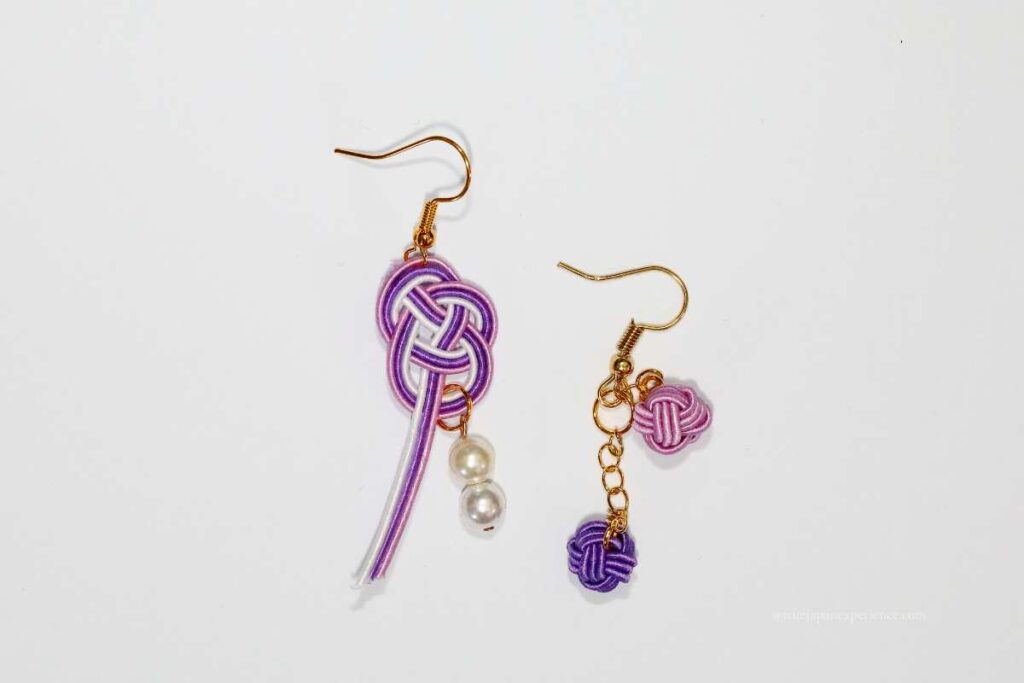
In recent years, mizuhiki has changed a lot! It is not just used for wrapping gifts anymore. Now, people make cute earrings, bracelets, hairpins, and other accessories from mizuhiki cords. These colorful and light accessories are very popular, especially with young people and tourists.
One of the reasons mizuhiki accessories are loved is because they look simple but special. The bright colors and clever knot designs make every piece unique.
Mizuhiki is not only a traditional craft but also a modern and fashionable art.
It connects old Japanese culture with new ideas. Wearing or giving mizuhiki accessories is a great way to share the beautiful story of connection, friendship, and care in a fresh and fun style.
If you visit Japan, trying a mizuhiki workshop is a wonderful way to experience this art yourself. It’s easy to learn, and you can take home a beautiful gift you made with your own hands!
How You Can Enjoy Mizuhiki

If you come to Japan, you can join a mizuhiki-making workshop.
Friendly teachers show you how to make simple knots and decorate cards, gifts, or even jewelry. It is fun for kids and adults.
You can use mizuhiki to wrap presents, decorate letters, or create holiday ornaments at home. Letting your hands tie a mizuhiki knot is like making a small gift for yourself and everyone you love.
Mizuhiki can make your daily life more beautiful and meaningful. These little touches show care for people and the planet. You might even find a new hobby!
If you are in Tokyo, you can join a mizuhiki workshop and enjoy this traditional paper art in a hands-on way. It’s a great chance to learn how to tie colorful knots, feel the charm of Japanese craftsmanship, and create a small handmade souvenir to take home.
Conclusion:Tying Hearts and Traditions Together
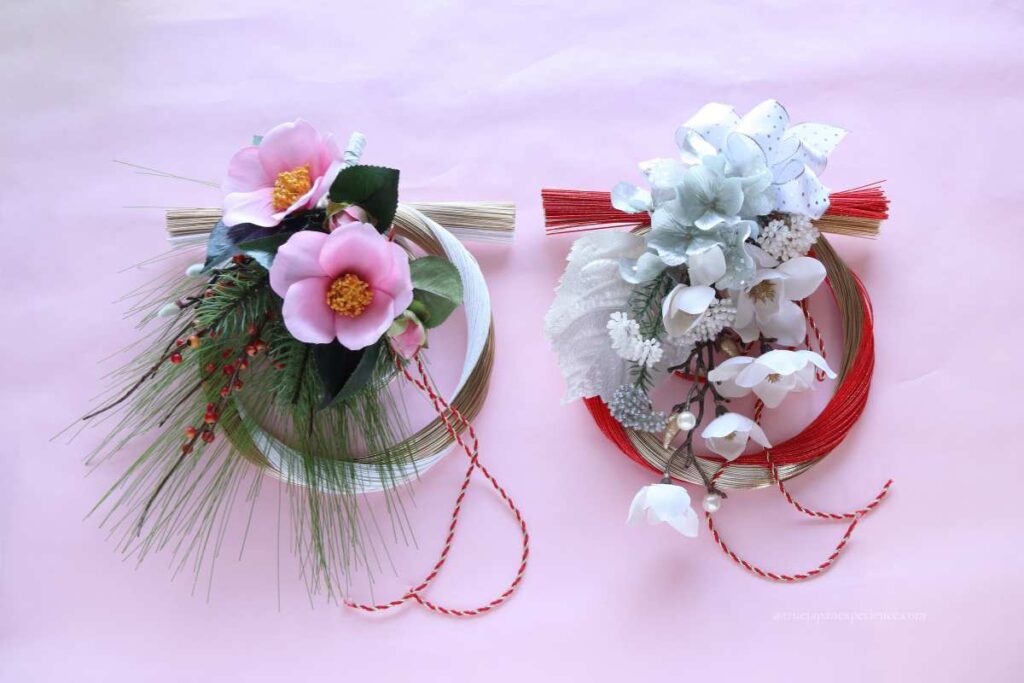
Mizuhiki is more than a string—it’s a way to show love, joy, and kindness. It reminds us that even simple things can have deep meaning. By learning about mizuhiki, tying it, and sharing it, you join a chain that has lasted hundreds of years.
You don’t have to be Japanese to enjoy mizuhiki. No matter who you are, the message is the same: connection and caring matter.
Even if your mizuhiki isn’t perfect, the thought you put into it is the real charm. Every time you make or give a mizuhiki string, you create a small bond.
May mizuhiki bring you happiness, just like it does in Japan.
If you enjoyed learning about mizuhiki, you may also like other cultural experiences in Japan.
Wearing a kimono or joining a tea ceremony gives you the chance to step into traditional Japan in a very personal way.
・Kimono Rental in Japan: How to Enjoy the Experience and Understand Its Meaning
・Japanese Tea Ceremony: Meaning, Manners, and How to Experience It
